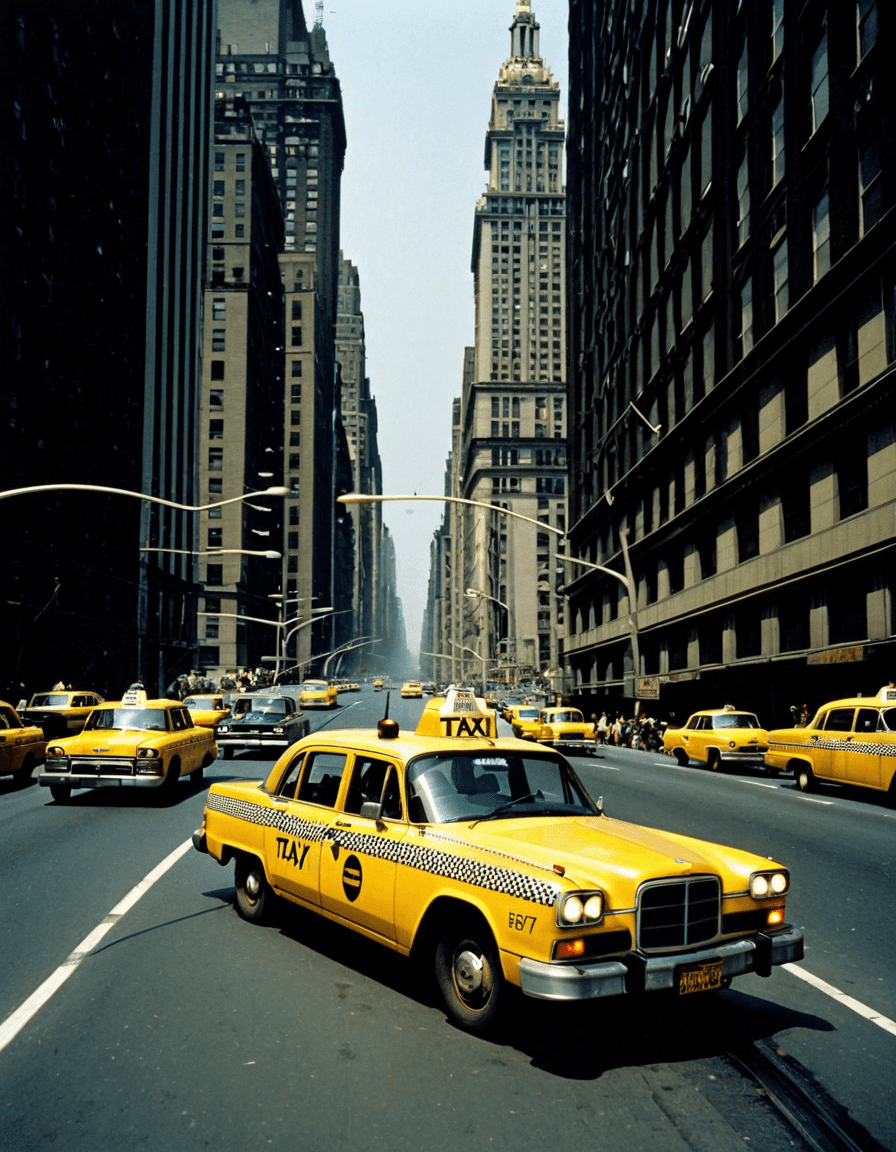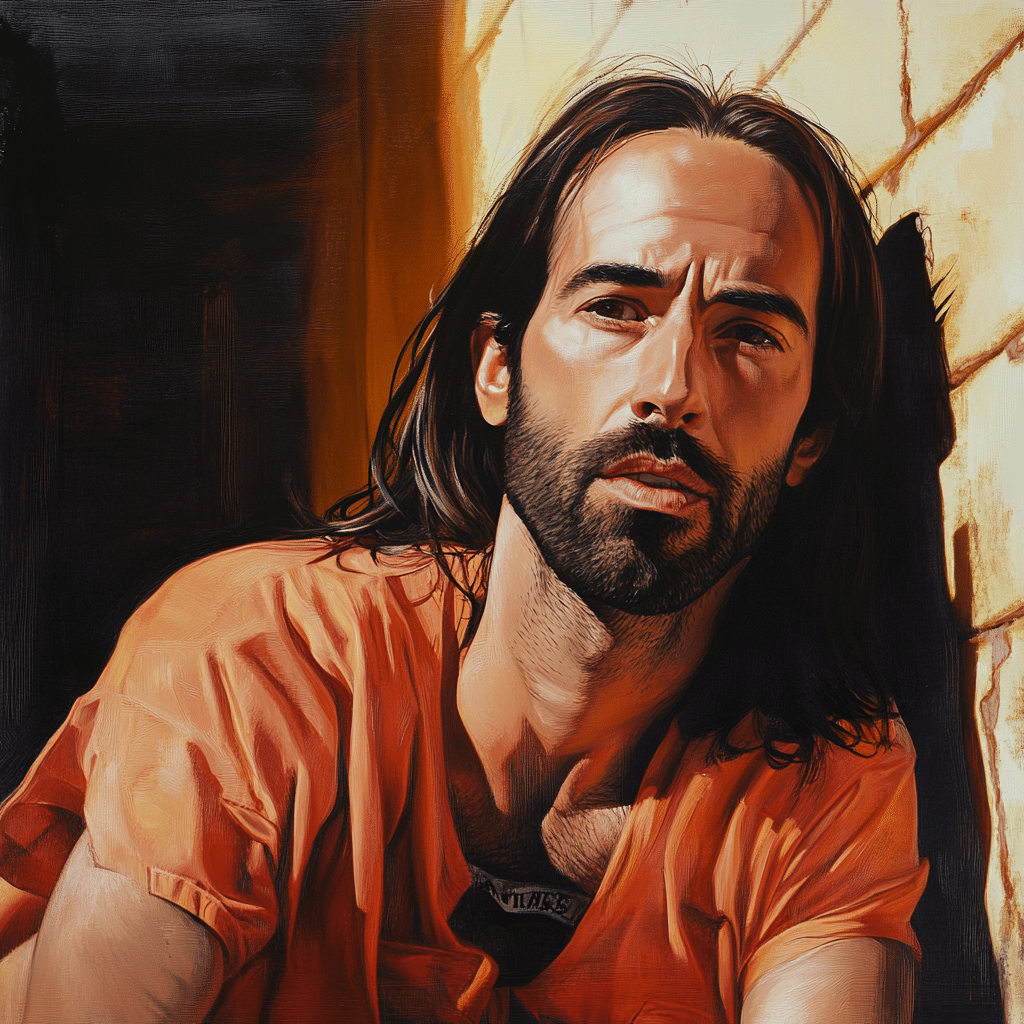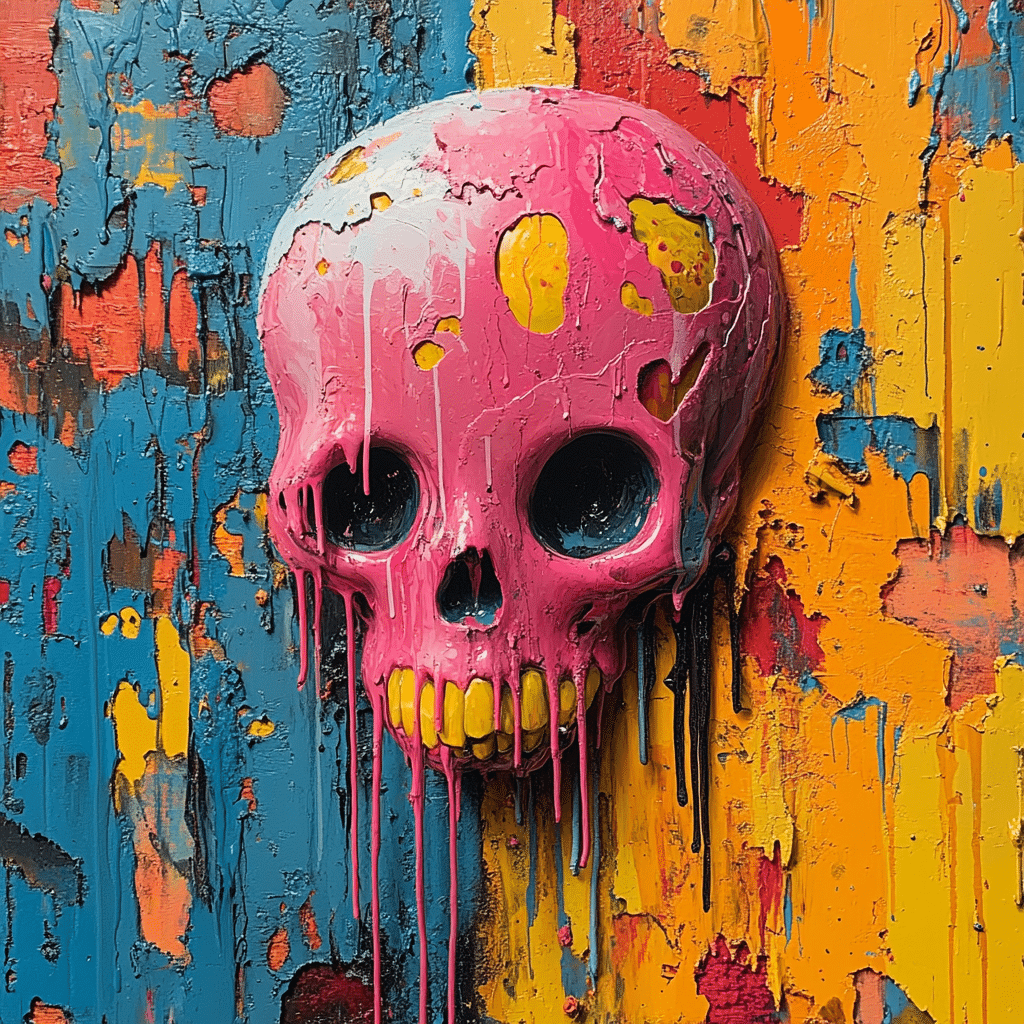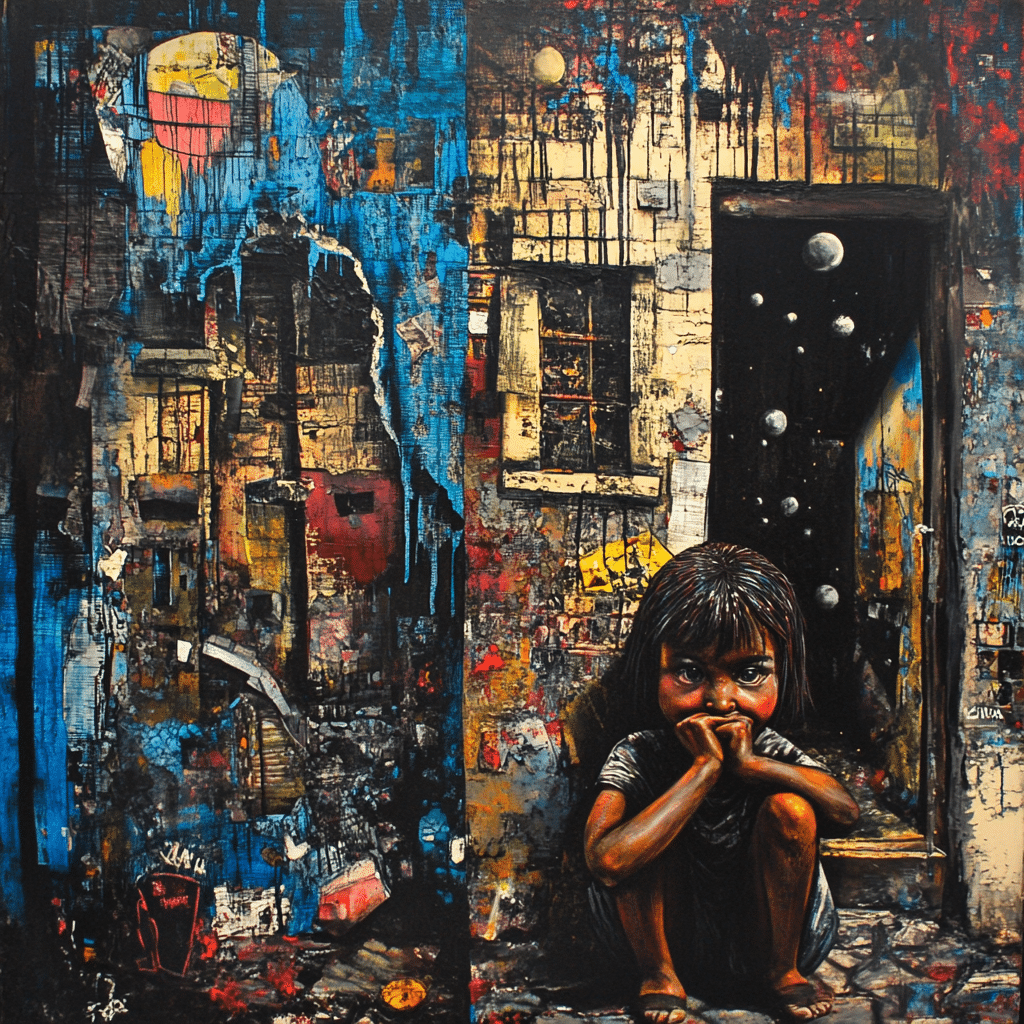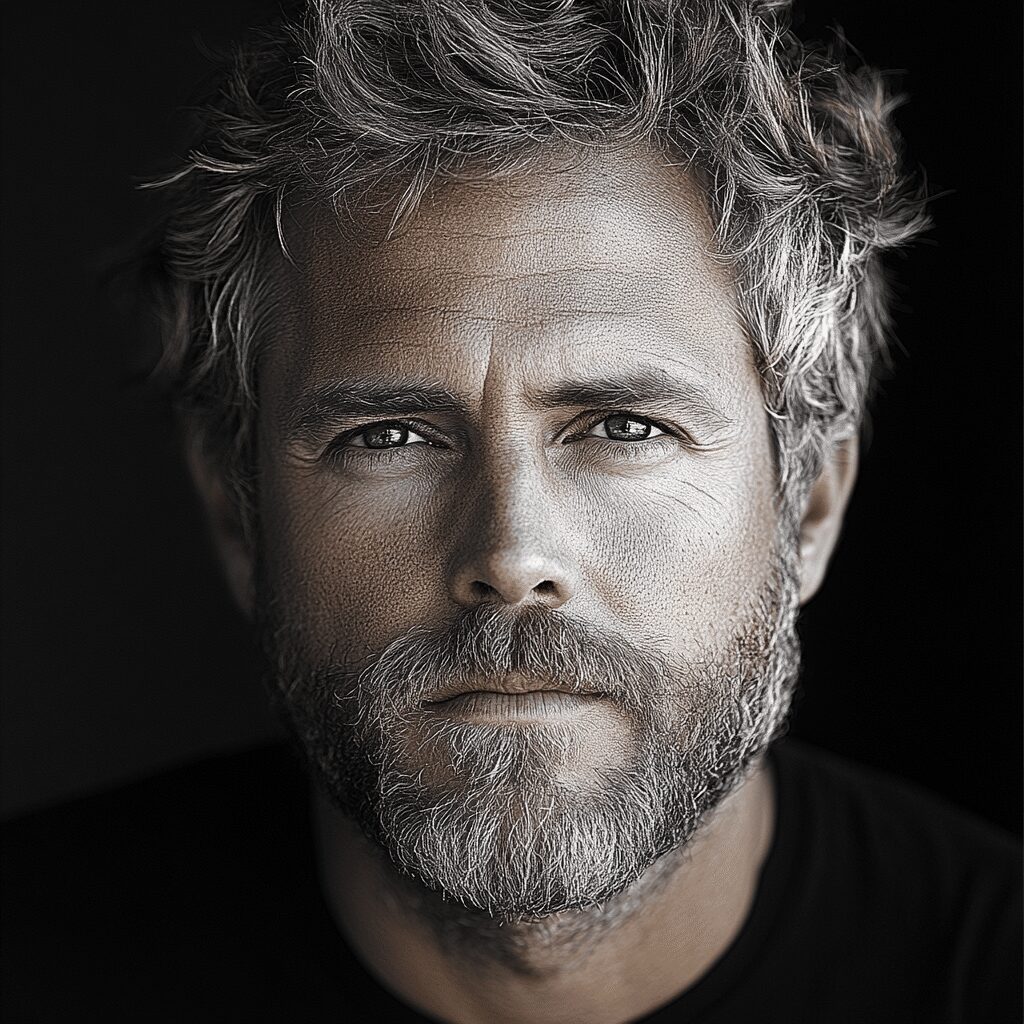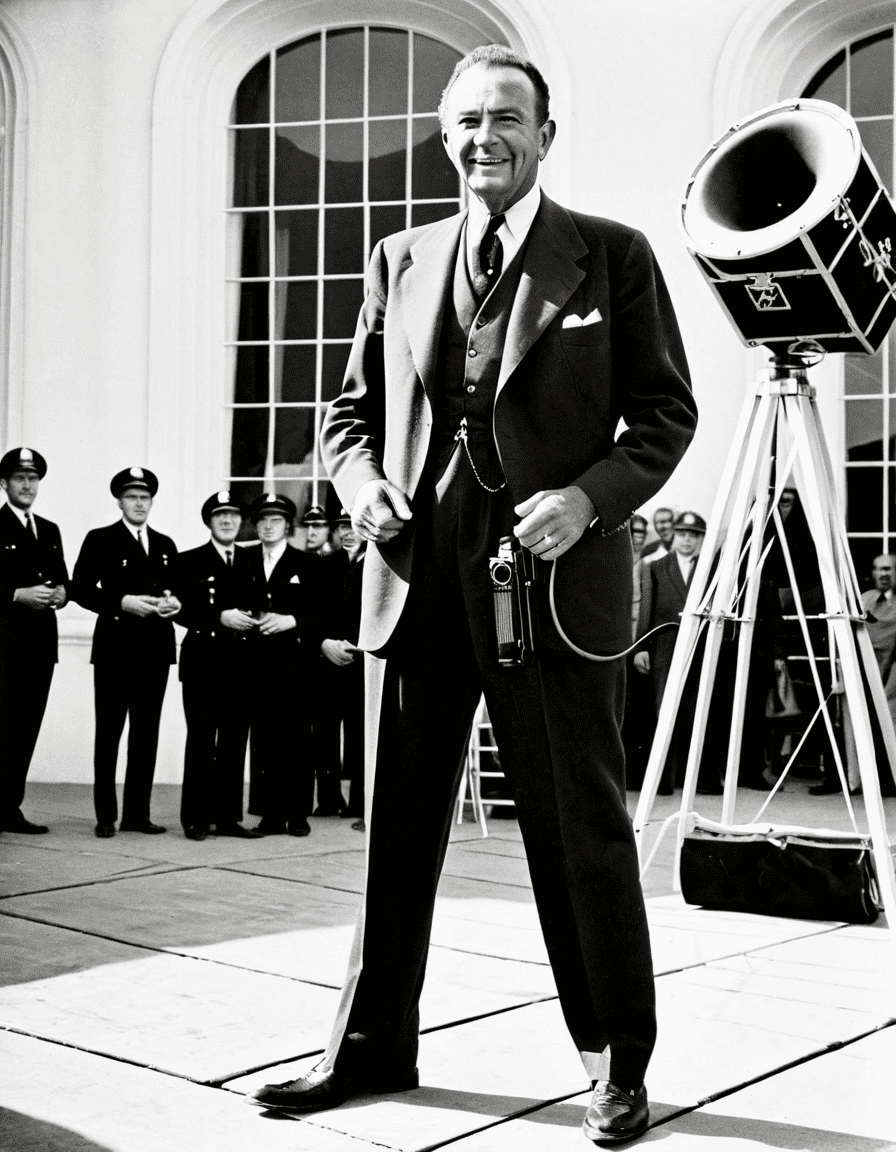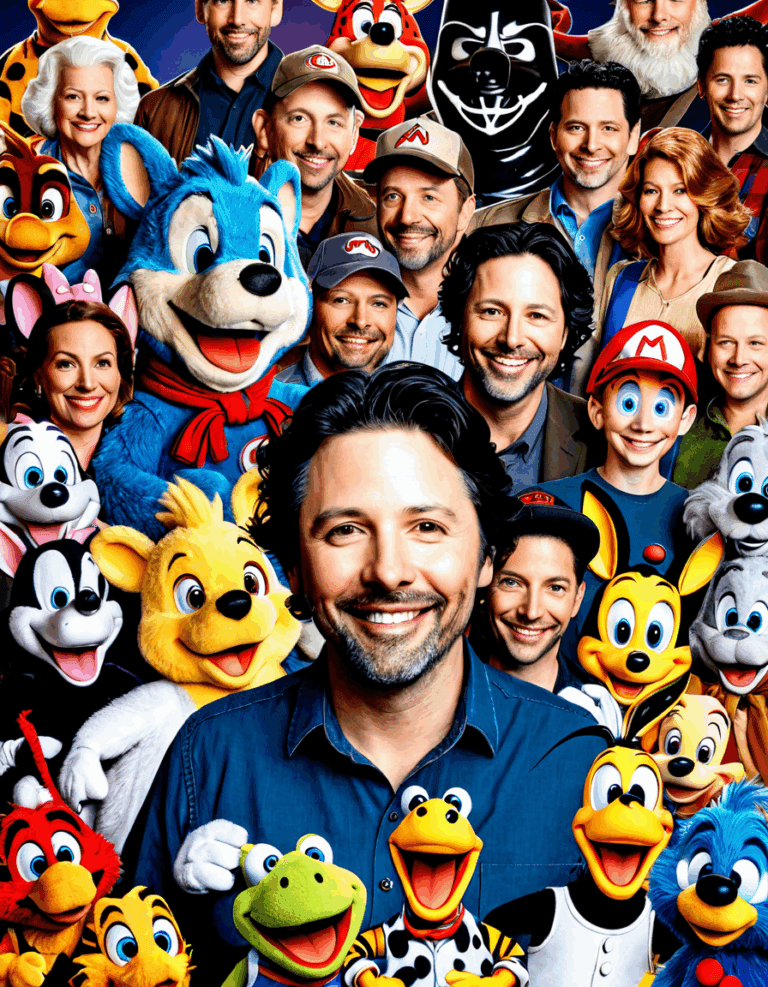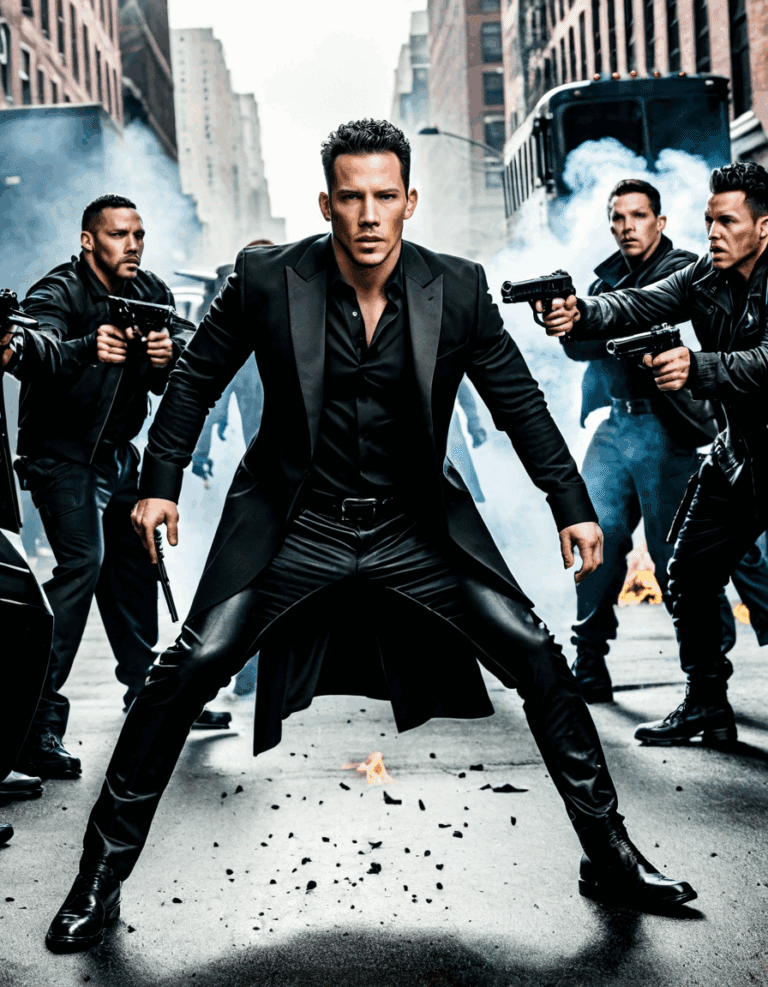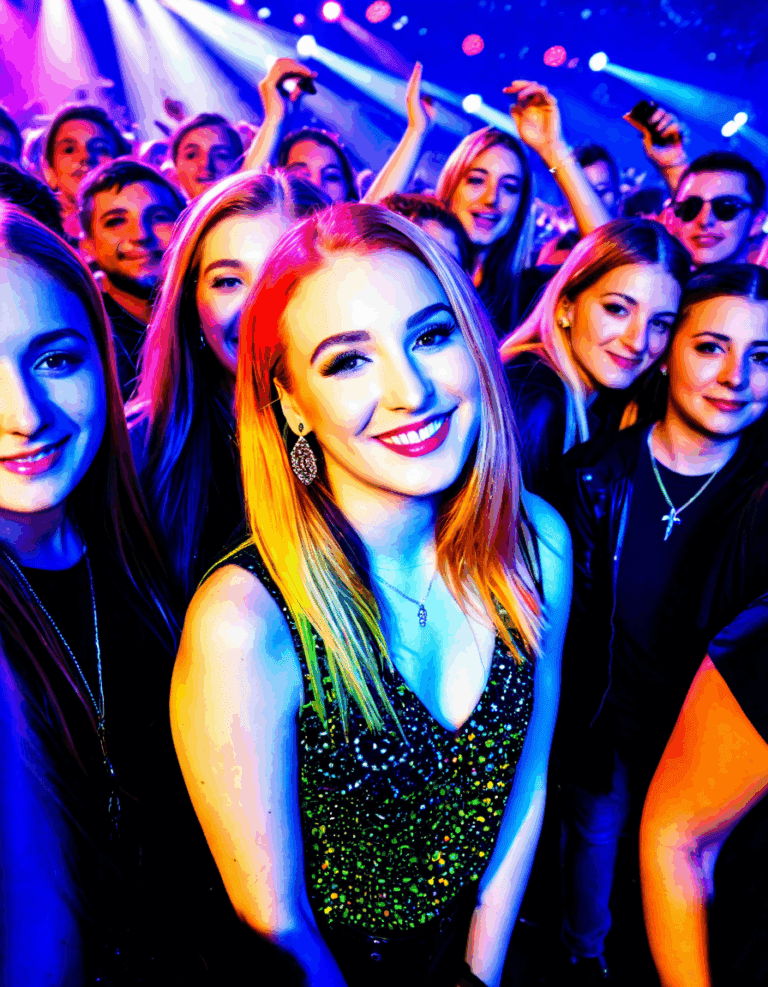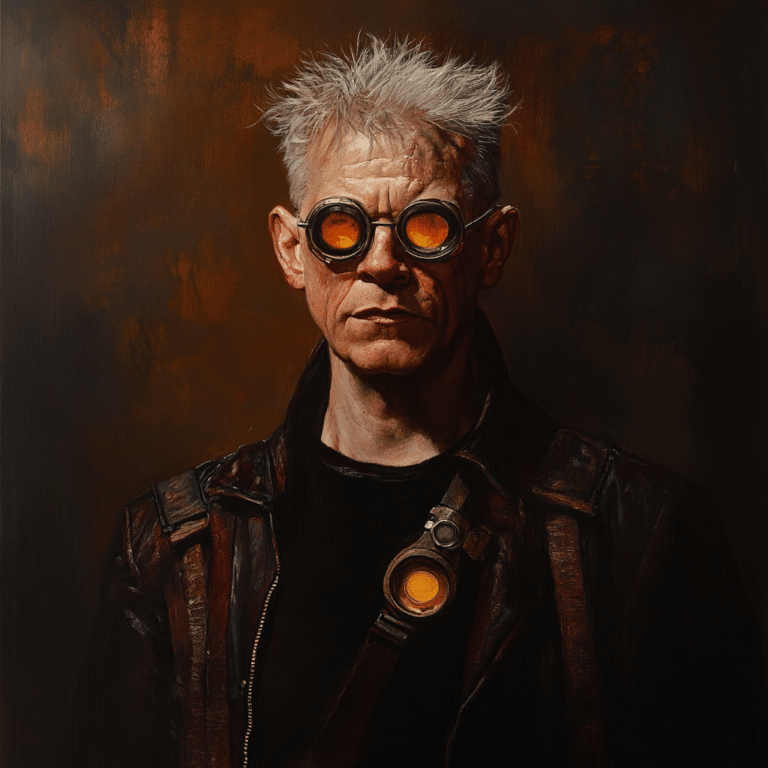The 1976 film Taxi Driver, directed by Martin Scorsese and penned by Paul Schrader, remains an iconic benchmark in cinema—the kind of film that captivates viewers while leaving them a bit unsettled. It dives deep into the murky waters of urban isolation and moral ambiguity with its troubled protagonist, Travis Bickle, brought to life by the incomparable Robert De Niro. This exploration of the darker sides of human nature and society isn’t just a compelling narrative; it’s a groundbreaking piece in cinematic storytelling and thematic depth that still resonates today. Join us as we explore seven key aspects that solidify Taxi Driver 1976 as a film for the ages.
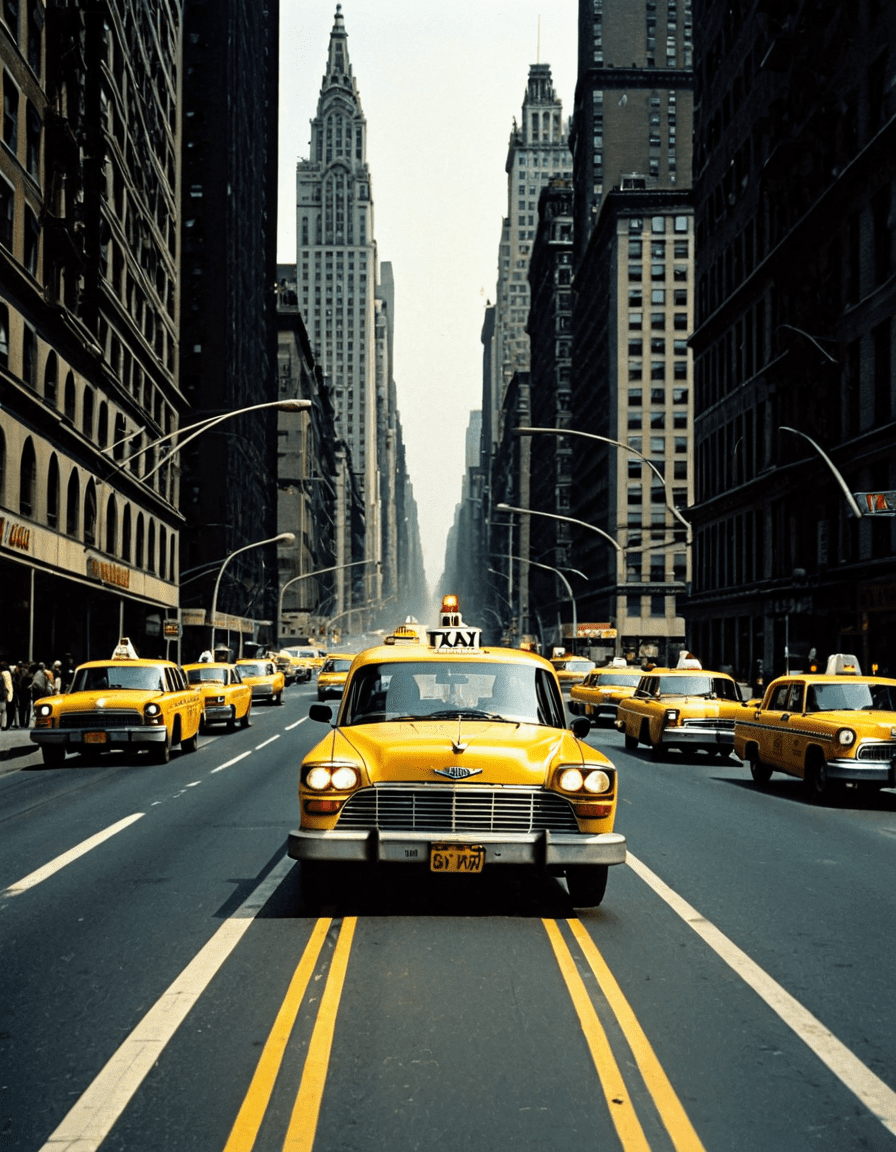
1. Character Study: The Tragic Arc of Travis Bickle
At the core of Taxi Driver 1976 is Travis Bickle—an antihero for the ages. Bickle’s gradual spiral into madness is depicted beautifully, revealing the alienation many felt in post-Vietnam America. Through voiceovers, we get a front-row seat into his tormented mind, making his journey feel painfully real. De Niro’s performance is nothing short of a masterclass, transforming Bickle into a character we love to hate and hate to love.
When audiences first meet Bickle, he’s a cabbie navigating the gritty streets of New York City. Yet as the film unfolds, he evolves into a ticking time bomb—his quest for purpose steering him toward dark territories. Every violent act feels shocking because the film humanizes this deeply flawed character, allowing viewers to empathize with his struggle. It begs the question: can we sympathize with someone who descends into violence? Taxi Driver 1976 answers yes and no in a heart-wrenching fashion.
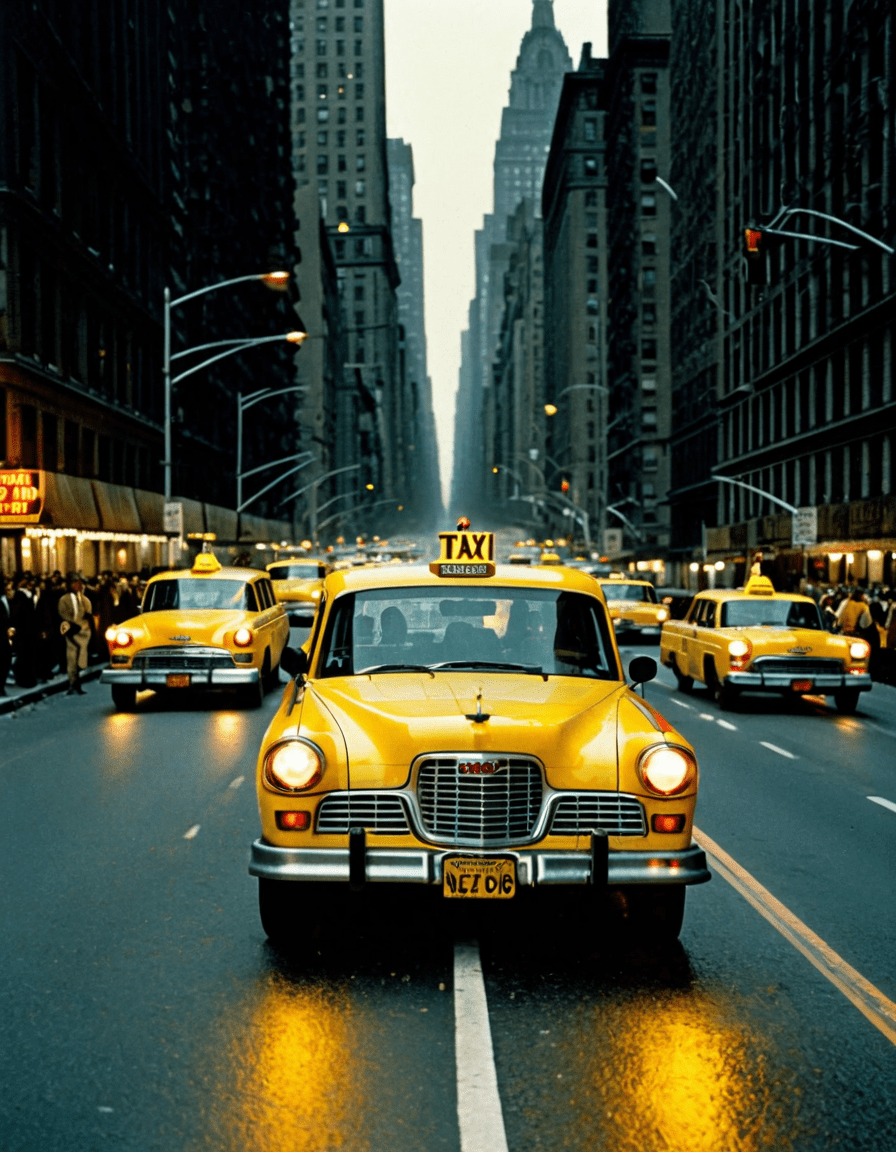
2. Cinematic Techniques: A Gritty Visual Style
Visually, Taxi Driver 1976 is striking—a true hallmark of Scorsese’s filmmaking mastery. Utilizing chiaroscuro lighting, the film paints a vivid picture of the harsh realities of its time, with nighttime taxi routes serving not only as a backdrop but also as a metaphor for Bickle’s introspection. It’s a raw slice of New York, making the streets feel alive, almost like a character itself. The documentary-style cinematography immerses us, reflecting the moral decline surrounding Bickle.
The sound design? Eerie and haunting, like a creeping sense of dread. Every honk, shout, and echo of the city solidifies the grim atmosphere. You can almost feel the weight of Bickle’s loneliness pressing down, revealing the emotional and psychological layers of the story. In this gritty visual style, the film breaks new ground, winning over audiences and scholars alike, who still analyze its brilliance today.
3. Themes of Alienation and Isolation
The theme of alienation runs deep in Taxi Driver 1976, making it a mirror reflecting the societal disillusionment of the 1970s. Bickle’s inability to connect with others illustrates a broader commentary on a world that often feels cold and hostile. It speaks volumes about the post-war experiences of veterans returning to a chaotic nation—highlighting a shared struggle for identity and belonging that still resonates in 2026.
In today’s digital landscape, where our connections can sometimes feel superficial, Bickle’s loneliness strikes a chord. You’ve got to wonder: how many of us can relate to feeling isolated among a crowd? The ongoing struggles of identity that Bickle embodies continue to provoke thought, making Taxi Driver 1976 more than just a story; it’s a discussion starter about our societal norms.
4. Social Commentary: Reflections of 1970s America
Released amidst a backdrop of political unrest, economic strain, and urban decay, Taxi Driver 1976 doesn’t pull any punches. Scorsese critiques the societal issues of the day—crime, mental health, and the neglect of veterans. The portrayal of the city as a sprawling labyrinth of corruption and despair serves as an indictment of the very institutions meant to protect its citizens.
Bickle’s violent outbursts become almost a logical response to this systemic failure. The film suggests that such tragedies don’t occur in a vacuum; they’re often the result of societal neglect. In today’s conversations around mental health and institutional failure, Taxi Driver 1976 remains astoundingly relevant, providing a lens to view our contemporary struggles.
5. Complex Gender Dynamics: Betsy and the Role of Women
Then there’s the character of Betsy, played skillfully by Cybill Shepherd. Initially, she seems to represent hope and purity in Bickle’s chaotic world. But as Bickle’s obsession grows, the film unfolds a more sinister perspective, highlighting male gaze and objectification. It adds layers of complexity to the relationship dynamics, making us rethink what’s really happening under the surface.
Betsy effectively acts as a mirror reflecting Bickle’s troubled psyche. Their interactions invite audiences to question the nature of their relationship and underscore the impact of mental instability on gender dynamics. In a time where gender roles were evolving, Taxi Driver 1976 pushes boundaries and remains a crucial conversation piece about male-female interactions.
6. Lasting Legacy: Influence on Modern Cinema
The impact of Taxi Driver 1976 is monumental, resonating in the fabric of modern cinema. Its raw portrayal of antiheroes paved the way for films like Joker (2019) and Drive (2011), where protagonists wrestle with their dark impulses while facing urban isolation. Scorsese’s film continues to inspire filmmakers exploring mental health themes and societal issues, creating a lasting legacy that’s ever-evolving.
You can see elements of Taxi Driver 1976 in countless contemporary films, where flawed characters grapple with their identity amidst chaos. It’s a cultural touchstone often referenced in pop culture, reminding us of its significance. With each viewing, its layers peel back, revealing new insights that keep conversations alive—proving that great cinema spans generations.
7. Iconic Imagery and Quotable Lines
Before we wrap this up, let’s talk about those iconic moments that have become part of American pop culture. Who can forget the line “You talking to me?” It’s etched in the annals of cinematic history, instantly recognizable and often quoted. The imagery throughout—the mohawk, the neon glow of New York, the taxi itself—becomes symbols of transience and decay, adding to the film’s mythos.
Such memorable moments cement Taxi Driver 1976 as a timeless piece that continues to capture attention. It’s not just a movie; it’s an experience—one that scholars and fans dissect over and over. That allure ensures that Taxi Driver 1976 not only remains a classic but also resonates deeply with anyone reflecting on the complexities of identity and humanity amidst a chaotic world.
In conclusion, Taxi Driver 1976 endures because it dares to confront uncomfortable truths about society and ourselves. Its dark genius and gritty narrative offer a haunting reflection of humanity’s struggles for meaning, ensuring its place in cinematic history. As we continue to wrestle with themes of alienation, trauma, and identity, perhaps we can find some understanding in Travis Bickle’s cautionary tale—a tale that will undoubtedly engage audiences for generations to come.
Taxi Driver 1976: Fascinating Trivia and Tidbits
The Making of a Classic
Ever wonder how Taxi Driver 1976 pushed the envelope in filmmaking? Directed by the legendary Martin Scorsese, this gritty character study was deeply influenced by real-life events. The film reflects the unsettling atmosphere of New York City in the 1970s, a time that wasn’t shy about showing its dark side. Did you know that the screenplay, penned by Paul Schrader, drew from the lived experiences of a Vietnam veteran? His perspective added a layer of authenticity that still resonates today. If you look closely, you might catch subtle nods to other iconic films like Alien Vs Predator, which similarly explores the darker corners of human nature.
Influences and Inspirations
Scorsese was known for his ability to weave complex narratives, much like in The Prestige, which explores obsession and rivalry. For Taxi Driver, he and Robert De Niro created one of cinema’s most unforgettable characters, Travis Bickle. De Niro’s famous line, “You talkin’ to me?” wasn’t just a memorable moment—it was born from improvisation during a pivotal scene. The improvisation wasn’t just limited to dialogue; several scenes in the film, including Travis looking into the mirror, display an almost surreal swagger that captivates viewers. This rawness challenged conventions and paved the way for future filmmakers to explore gritty realism, much like in Sully.
Cultural Impact and Legacy
The legacy of Taxi Driver 1976 goes beyond its release. Its themes sparked discussions on mental health and societal alienation. The film inspired countless works, echoing through various genres, including elements seen in Boomers, which showcases generational struggles. Plus, the immense impact on pop culture is undeniable—Travis Bickle has been referenced in everything from fashion, like that striking gala dress seen on contemporary red carpets, to parodies in popular media. This film ignited a cultural conversation, much like the way a curl bar has mobilized fitness enthusiasts. Overall, Taxi Driver stands as a pivotal contribution to cinema that continues to inspire, provoke thought, and even shape fashion trends for years to come.
